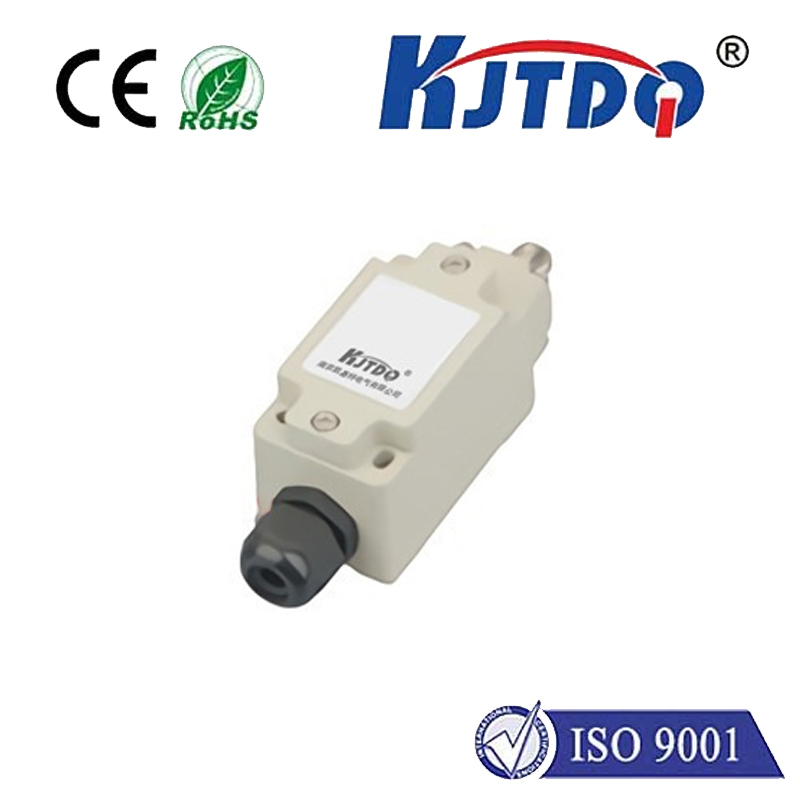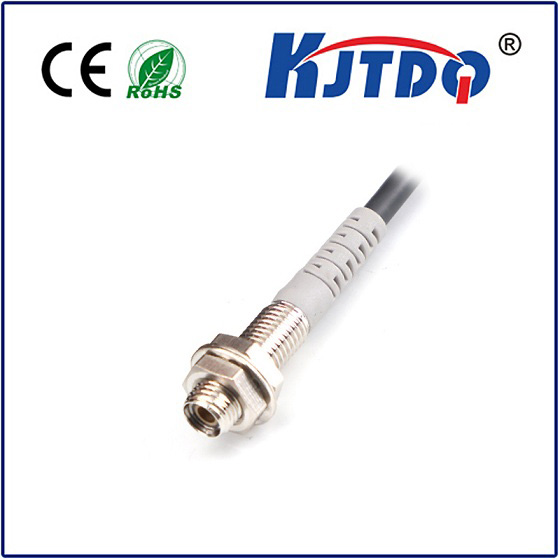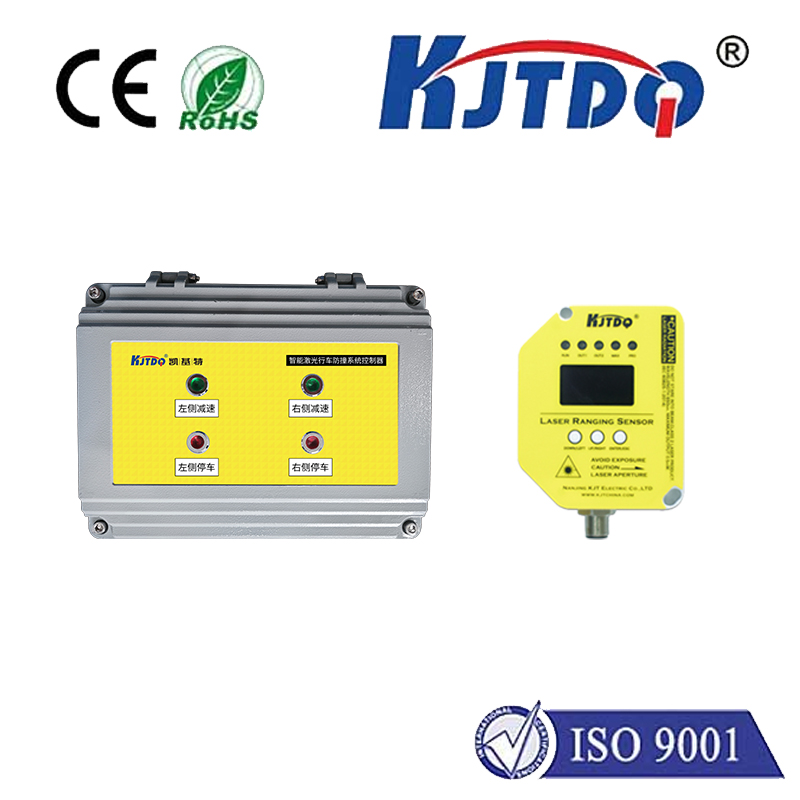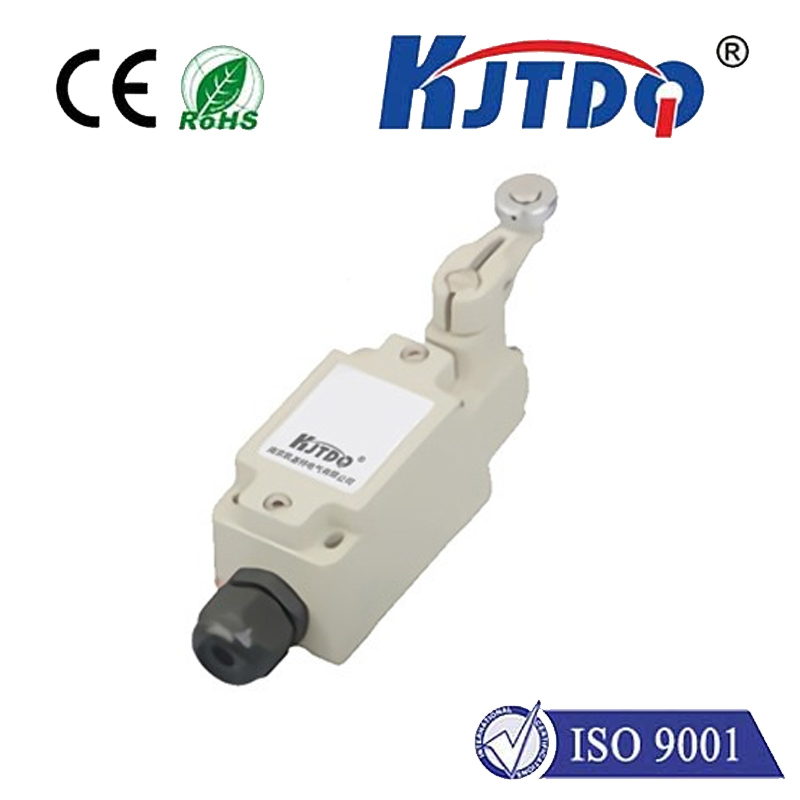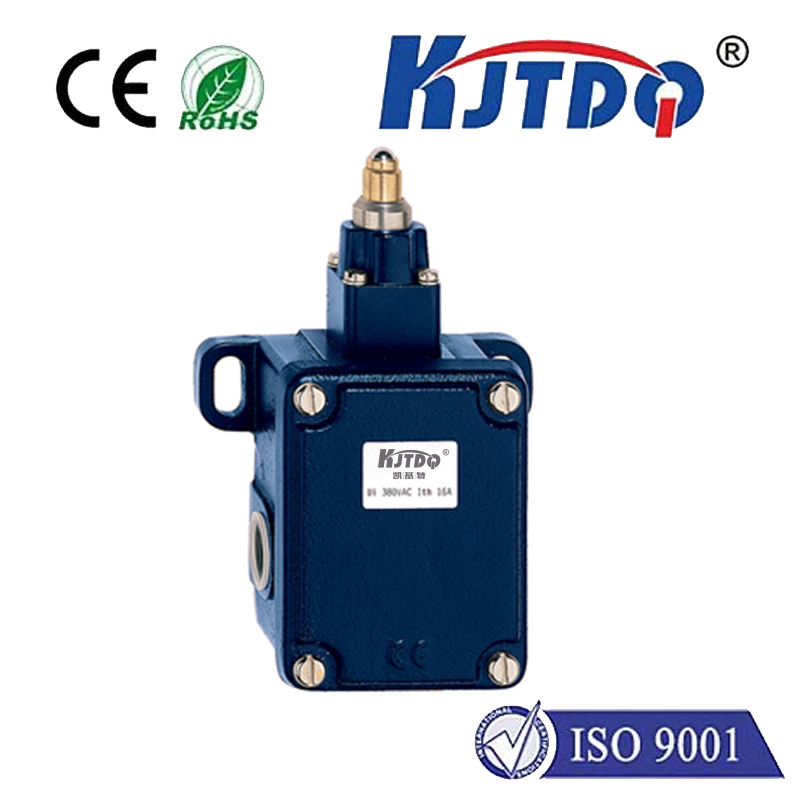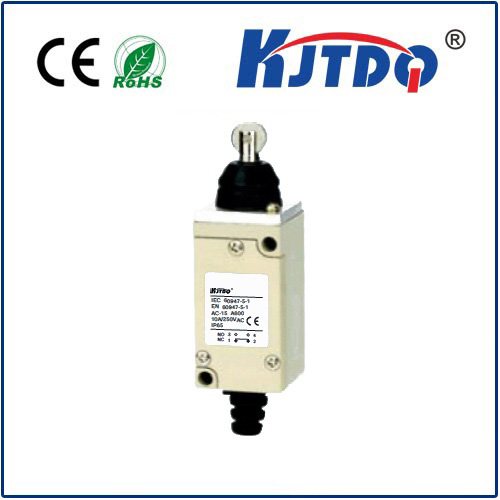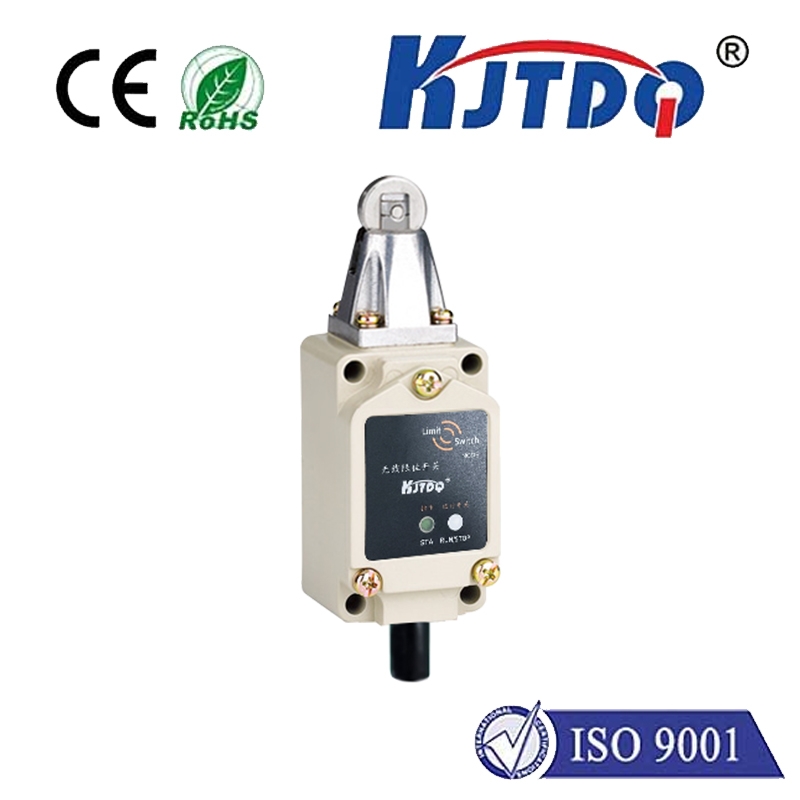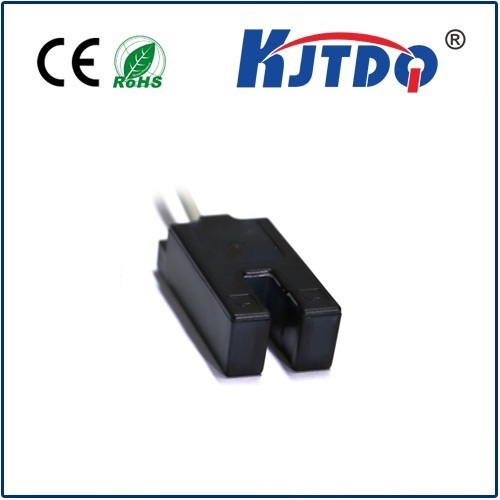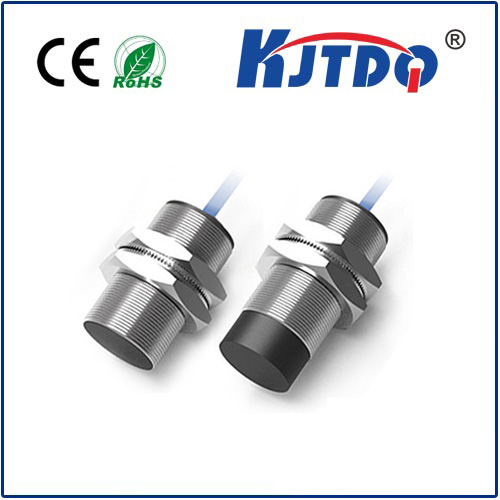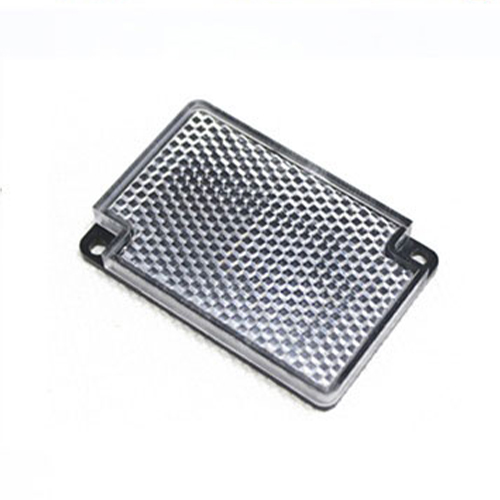

check

check

check

check

check

check

check

check

check

check
Introduction:
PNP proximity switches, also known as passively operated power transfer (POPT) switches, have been widely used in various industries due to their reliable performance and energy efficiency. This article aims to provide a comprehensive understanding of PNP proximity switches, including their functions, types, and applications in different fields. We will discuss the principles behind their operation, the advantages they offer over other types of switches, and the specific uses they find in various industries such as automotive, manufacturing, and healthcare.
Section 1: The Working Principles of PNP Proximity Switches
In this section, we will delve into the fundamentals of PNP proximity switches. We will explain how these switches work by controlling the transfer of electrical power when two metal contacts are brought together or separated, depending on the switch's state. We will also discuss how PNP proximity switches differ from other types of switches like NPN or MOSFET switches.
Section 2: Types and Characteristics of PNP Proximity Switches
Next, we will explore the different types of PNP proximity switches and their key characteristics. This section will cover off-contact PNP proximity switches, latching PNP proximity switches, and optoelectronic PNP proximity switches. We will also discuss how these different types of switches are used in different applications.
Section 3: Applications of PNP Proximity Switches in Different Industries
The third part of our article will focus on the diverse range of industries where PNP proximity switches are employed. In this section, we will examine how these switches are used in the automotive industry to control lighting systems, alarms, and power windows. We will also explore their use in manufacturing settings for sensorless automation and industrial control panels. Finally, we will highlight how PNP proximity switches are employed in healthcare applications such as patient monitoring systems and medical equipment.
Conclusion:
This article has provided a solid foundation for understanding PNP proximity switches. From their working principles to their diverse applications across different industries, we have covered the essential aspects of these critical components. By understanding how PNP proximity switches function and their many uses, businesses can make informed decisions about selecting the best type of switch for their specific needs. Whether you are a researcher, engineer, or business owner, this comprehensive guide is sure to be a valuable resource for anyone interested in PNP proximity switches
